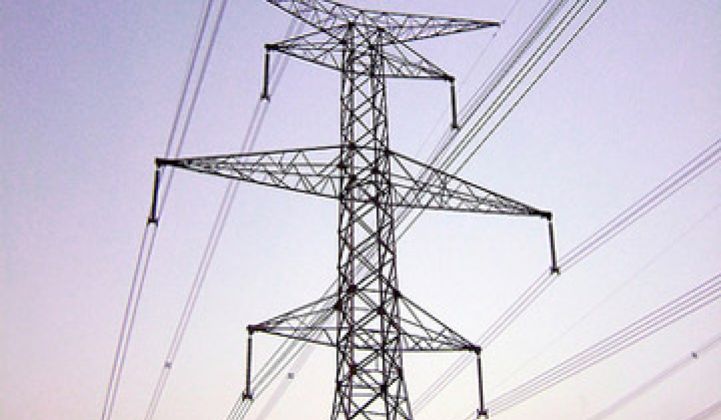One of the panels at our upcoming Networked Grid conference will focus on Smart Grid Enterprise Architecture. As the moderator for the panel, I've asked the panelists to share some of their perspectives on the topic in advance of the conference. While some of the discussion will undoubtedly steer towards technology "speeds and feeds," details like service-oriented architecture, messaging technologies (aka enterprise service bus) and the like, an interesting side-issue popped up during a conversation I had with Dan Brancaccio, Senior Technical Architect, BRIDGE Energy Group. The issue? Money -- specifically, who pays for expensive infrastructure technology upgrades?
Consider the need to upgrade an antiquated (but fully depreciated) $5,000 analog-mechanical substation device with a modern intelligent electronic device (IED) that may cost $250,000 or more. From an accounting standpoint, the existing equipment is "free," since no amortization charges are associated with it. The new device is anything but. This helps explain the industry-wide practice of running small-scale pilots on limited budgets. Instead of an expensive system-wide rollout that could cost hundreds of millions of dollars, many utilities are moving forward with small-scale, rigorously managed pilot programs designed to capture and measure benefits in a systematic way, with the intent of developing a quantifiable rate case for system-wide upgrades down the road. Examples of benefits include improvements in reliability, distribution system efficiency and so forth. Makes sense -- so where's the catch?
Small-scale pilot projects work well with tangible devices and "hard assets" that can be surgically deployed in a constrained geographic area. Infrastructure software and systems, on the other hand, are notoriously soft with boundaries that are difficult to demarcate. The benefits for enterprise software like message-oriented middleware, software frameworks, farms of high-end application servers, arrays of data storage devices, and the like are indirect, hard to quantify, and difficult to explain. More often than not, information systems experts are left with a limited arsenal of stock refrains like "the whole thing won't scale without this" or "current systems are siloed and need to be re-engineered -- this is way better!"
I'm looking forward to gleaning a business dimension to the enterprise architecture discussion from experts like Dan and the other panelists: Chris Couper of IBM, Ray Bariso of Telcordia, and Eric Smith from Wipro. The end-game? Develop a smart grid enterprise architecture "elevator pitch." That is, a shorthand way to explain the benefits of investing in new enabling infrastructure hardware and software to the business layperson, be it a regulator, executive, or "ratepayer." Simple explanations for complex enterprise technology will go a long way toward winning the support -- and dollars -- necessary to modernize the grid so it can meet pressing challenges like renewable power integration, cyber-security and more.



